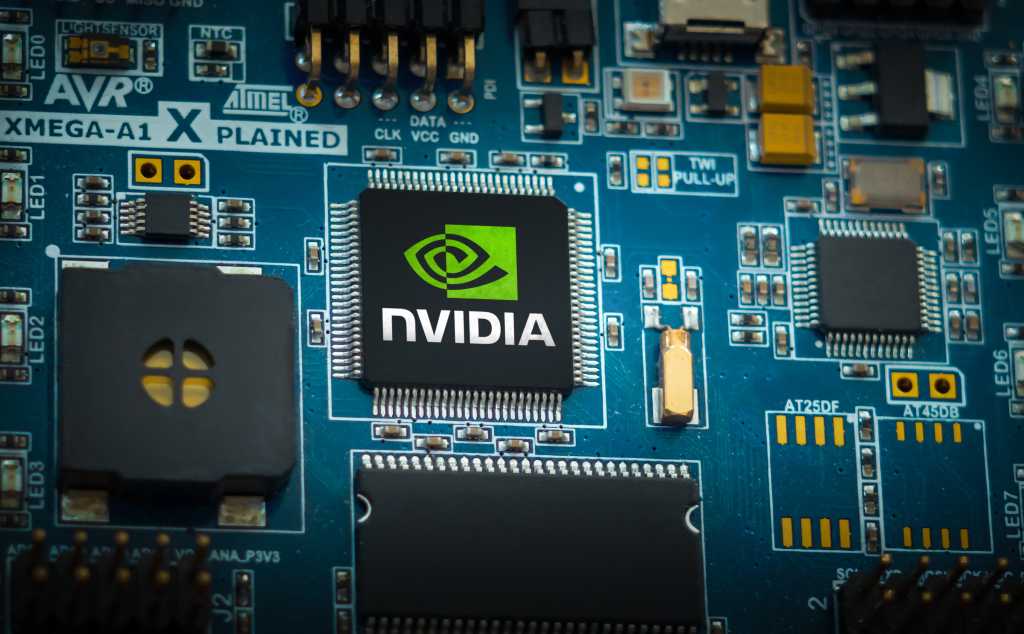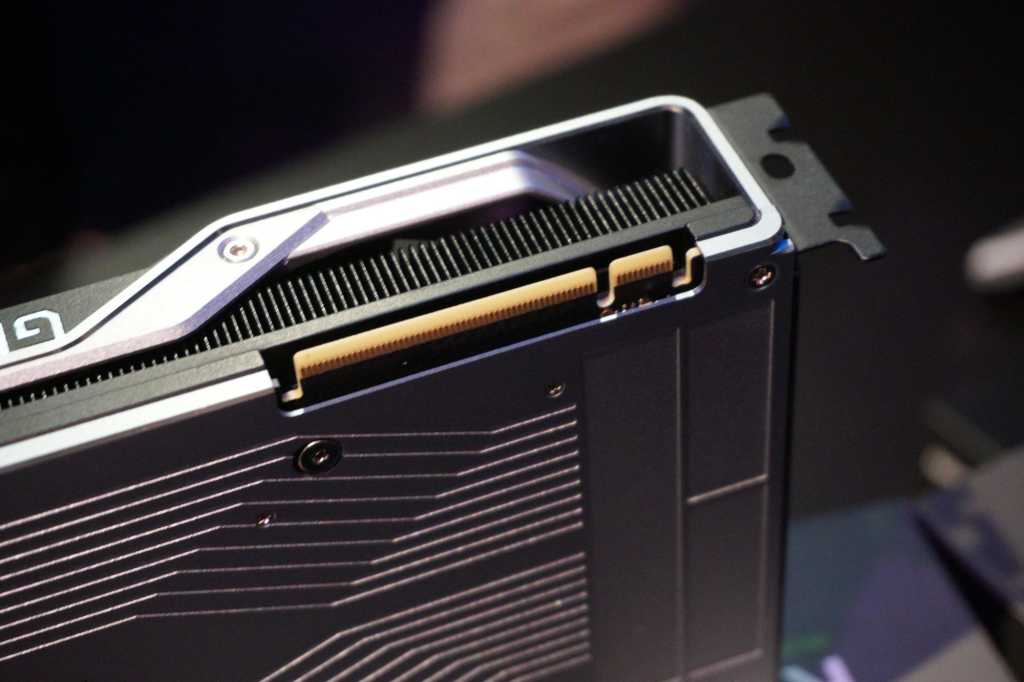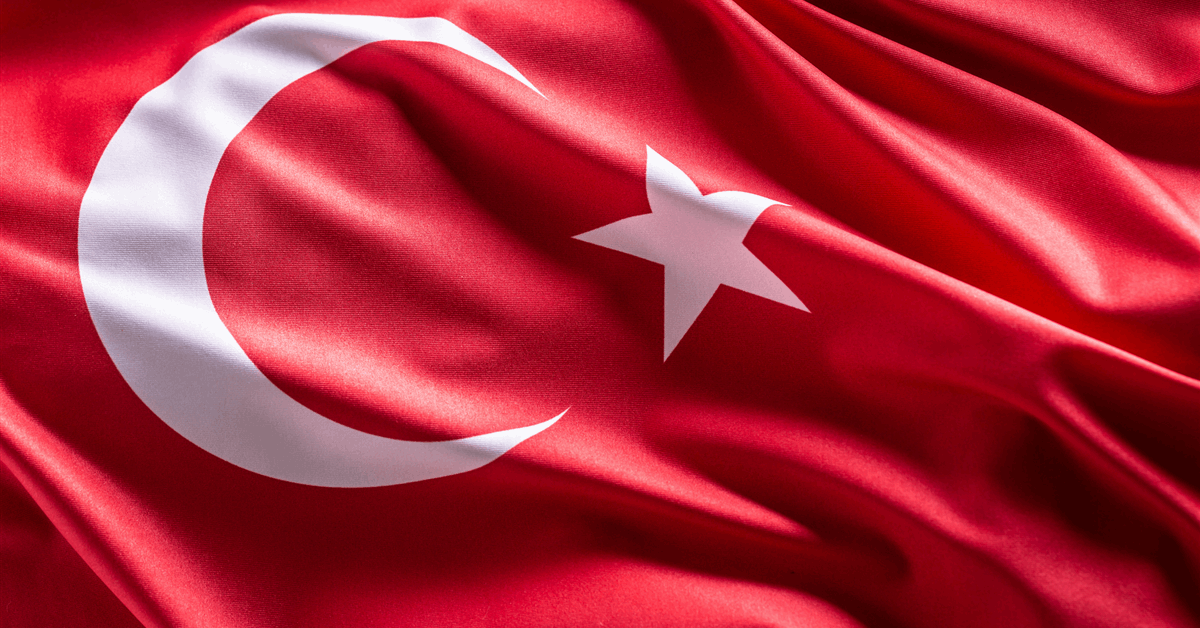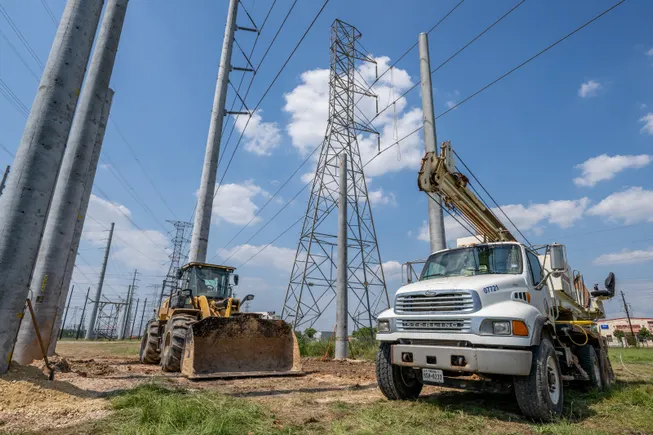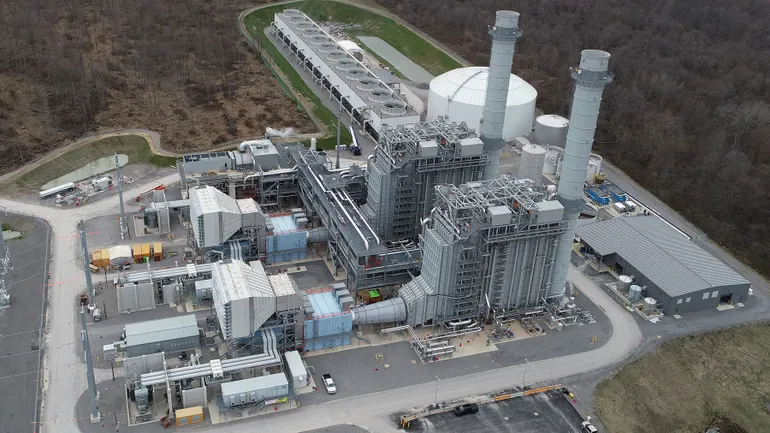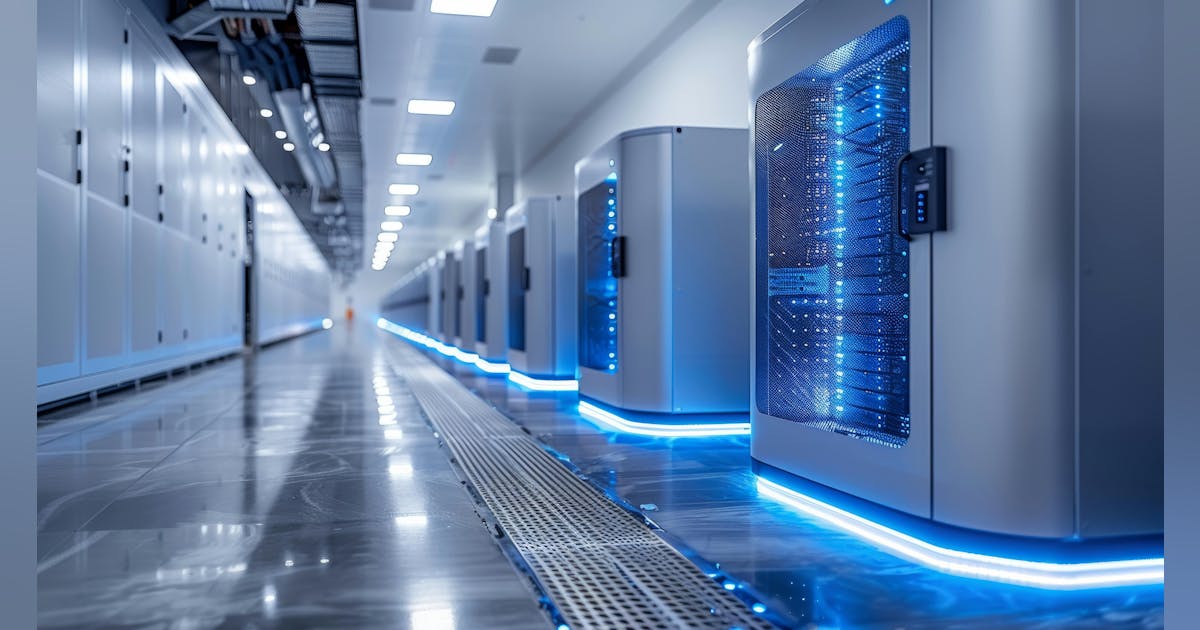
In November, a young man named Noland Arbaugh announced he’d be livestreaming from his home for three days straight. His broadcast was in some ways typical fare: a backyard tour, video games, meet mom.
The difference is that Arbaugh, who is paralyzed, has thin electrode-studded wires installed in his brain, which he used to move a computer mouse on a screen, click menus, and play chess. The implant, called N1, was installed last year by neurosurgeons working with Neuralink, Elon Musk’s brain-interface company.
The possibility of listening to neurons and using their signals to move a computer cursor was first demonstrated more than 20 years ago in a lab setting. Now, Arbaugh’s livestream is an indicator that Neuralink is a whole lot closer to creating a plug-and-play experience that can restore people’s daily ability to roam the web and play games, giving them what the company has called “digital freedom.”
But this is not yet a commercial product. The current studies are small-scale—they are true experiments, explorations of how the device works and how it can be improved. For instance, at some point last year, more than half the electrode-studded “threads” inserted into Aurbaugh’s brain retracted, and his control over the device worsened; Neuralink rushed to implement fixes so he could use his remaining electrodes to move the mouse.
Neuralink did not reply to emails seeking comment, but here is what our analysis of its public statements leads us to expect from the company in 2025.
More patients
How many people will get these implants? Elon Musk keeps predicting huge numbers. In August, he posted on X: “If all goes well, there will be hundreds of people with Neuralinks within a few years, maybe tens of thousands within five years, millions within 10 years.”
In reality, the actual pace is slower—a lot slower. That’s because in a study of a novel device, it’s typical for the first patients to be staged months apart, to allow time to monitor for problems.
Neuralink has publicly announced that two people have received an implant: Arbaugh and a man referred to only as “Alex,” who received his in July or August.
Then, on January 8, Musk disclosed during an online interview that there was now a third person with an implant. “We’ve got now three patients, three humans with Neuralinks implanted, and they are all working …well,” Musk said. During 2025, he added, “we expect to hopefully do, I don’t know, 20 or 30 patients.”
Barring major setbacks, expect the pace of implants to increase—although perhaps not as fast as Musk says. In November, Neuralink updated its US trial listing to include space for five volunteers (up from three), and it also opened a trial in Canada with room for six. Considering these two studies only, Neuralink would carry out at least two more implants by the end of 2025 and eight by the end of 2026.
However, by opening further international studies, Neuralink could increase the pace of the experiments.
Better control
So how good is Arbaugh’s control over the mouse? You can get an idea by trying a game called Webgrid, where you try to click quickly on a moving target. The program translates your speed into a measure of information transfer: bits per second.
Neuralink claims Arbaugh reached a rate of over nine bits per second, doubling the old brain-interface record. The median able-bodied user scores around 10 bits per second, according to Neuralink.
And yet during his livestream, Arbaugh complained that his mouse control wasn’t very good because his “model” was out of date. It was a reference to how his imagined physical movements get mapped to mouse movements. That mapping degrades over hours and days, and to recalibrate it, he has said, he spends as long as 45 minutes doing a set of retraining tasks on his monitor, such as imagining moving a dot from a center point to the edge of a circle.
Improving the software that sits between Arbaugh’s brain and the mouse is a big area of focus for Neuralink—one where the company is still experimenting and making significant changes. Among the goals: cutting the recalibration time to a few minutes. “We want them to feel like they are in the F1 [Formula One] car, not the minivan,” Bliss Chapman, who leads the BCI software team, told the podcaster Lex Fridman last year.
Device changes
Before Neuralink ever seeks approval to sell its brain interface, it will have to lock in a final device design that can be tested in a “pivotal trial” involving perhaps 20 to 40 patients, to show it really works as intended. That type of study could itself take a year or two to carry out and hasn’t yet been announced.
In fact, Neuralink is still tweaking its implant in significant ways—for instance, by trying to increase the number of electrodes or extend the battery life. This month, Musk said the next human tests would be using an “upgraded Neuralink device.”
The company is also still developing the surgical robot, called R1, that’s used to implant the device. It functions like a sewing machine: A surgeon uses R1 to thread the electrode wires into people’s brains. According to Neuralink’s job listings, improving the R1 robot and making the implant process entirely automatic is a major goal of the company. That’s partly to meet Musk’s predictions of a future where millions of people have an implant, since there wouldn’t be enough neurosurgeons in the world to put them all in manually.
“We want to get to the point where it’s one click,” Neuralink president Dongjin Seo told Fridman last year.
Robot arm
Late last year, Neuralink opened a companion study through which it says some of its existing implant volunteers will get to try using their brain activity to control not only a computer mouse but other types of external devices, including an “assistive robotic arm.”
We haven’t yet seen what Neuralink’s robotic arm looks like—whether it’s a tabletop research device or something that could be attached to a wheelchair and used at home to complete daily tasks.
But it’s clear such a device could be helpful. During Aurbaugh’s livestream he frequently asked other people to do simple things for him, like brush his hair or put on his hat.
And using brains to control robots is definitely possible—although so far only in a controlled research setting. In tests using a different brain implant, carried out at the University of Pittsburgh in 2012, a paralyzed woman named Jan Scheuermann was able to use a robot arm to stack blocks and plastic cups about as well as a person who’d had a severe stroke—impressive, since she couldn’t actually move her own limbs.
There are several practical obstacles to using a robot arm at home. One is developing a robot that’s safe and useful. Another, as noted by Wired, is that the calibration steps to maintain control over an arm that can make 3D movements and grasp objects could be onerous and time consuming.
Vision implant
In September, Neuralink said it had received “breakthrough device designation” from the FDA for a version of its implant that could be used to restore limited vision to blind people. The system, which it calls Blindsight, would work by sending electrical impulses directly into a volunteer’s visual cortex, producing spots of light called phosphenes. If there are enough spots, they can be organized into a simple, pixelated form of vision, as previously demonstrated by academic researchers.
The FDA designation is not the same as permission to start the vision study. Instead, it’s a promise by the agency to speed up review steps, including agreements around what a trial should look like. Right now, it’s impossible to guess when a Neuralink vision trial could start, but it won’t necessarily be this year.
More money
Neuralink last raised money in 2003, collecting around $325 million from investors in a funding round that valued the company at over $3 billion, according to Pitchbook. Ryan Tanaka, who publishes a podcast about the company, Neura Pod, says he thinks Neuralink will raise more money this year and that the valuation of the private company could triple.
Fighting regulators
Neuralink has attracted plenty of scrutiny from news reporters, animal-rights campaigners, and even fraud investigators at the Securities and Exchange Commission. Many of the questions surround its treatment of test animals and whether it rushed to try the implant in people.
More recently, Musk has started using his X platform to badger and bully heads of state and was named by Donald Trump to co-lead a so-called Department of Government Efficiency, which Musk says will “get rid of nonsensical regulations” and potentially gut some DC agencies.
During 2025, watch for whether Musk uses his digital bullhorn to give health regulators pointed feedback on how they’re handling Neuralink.
Other efforts
Don’t forget that Neuralink isn’t the only company working on brain implants. A company called Synchron has one that’s inserted into the brain through a blood vessel, which it’s also testing in human trials of brain control over computers. Other companies, including Paradromics, Precision Neuroscience, and BlackRock Neurotech, are also developing advanced brain-computer interfaces.
Special thanks to Ryan Tanaka of Neura Pod for pointing us to Neuralink’s public announcements and projections.

